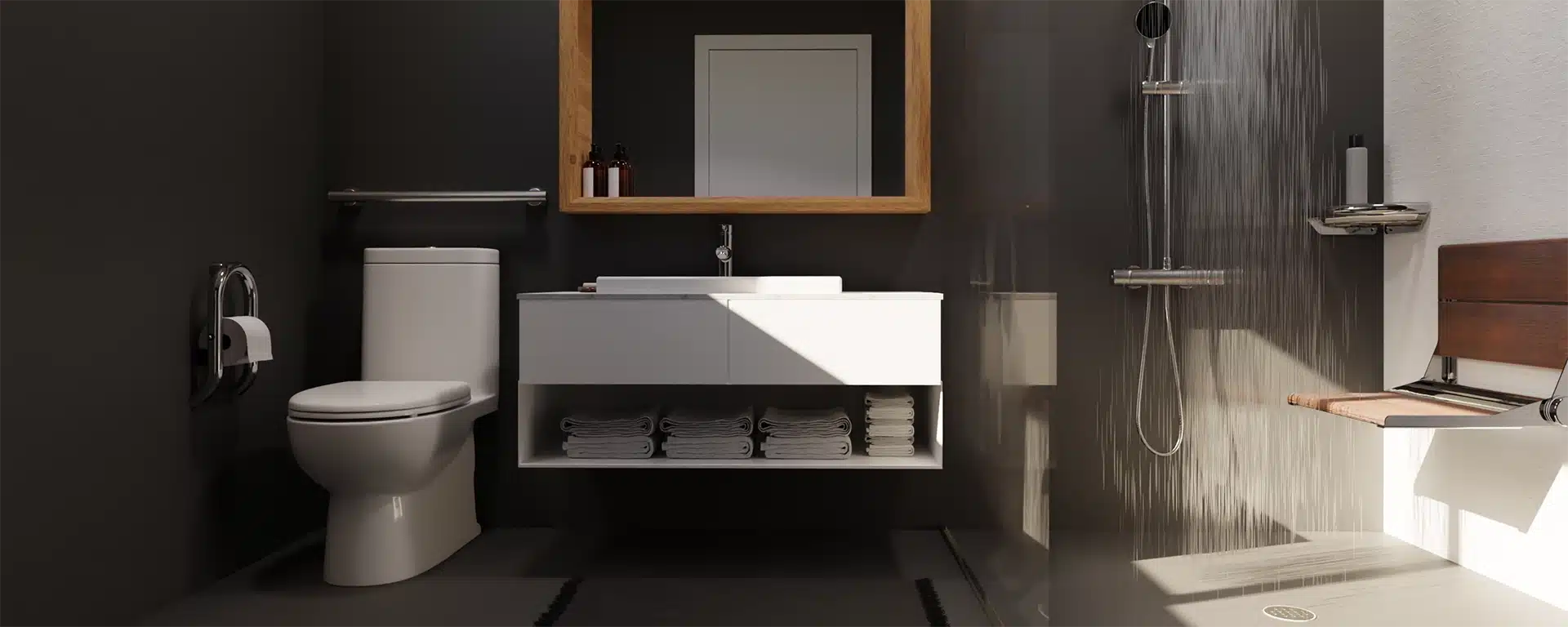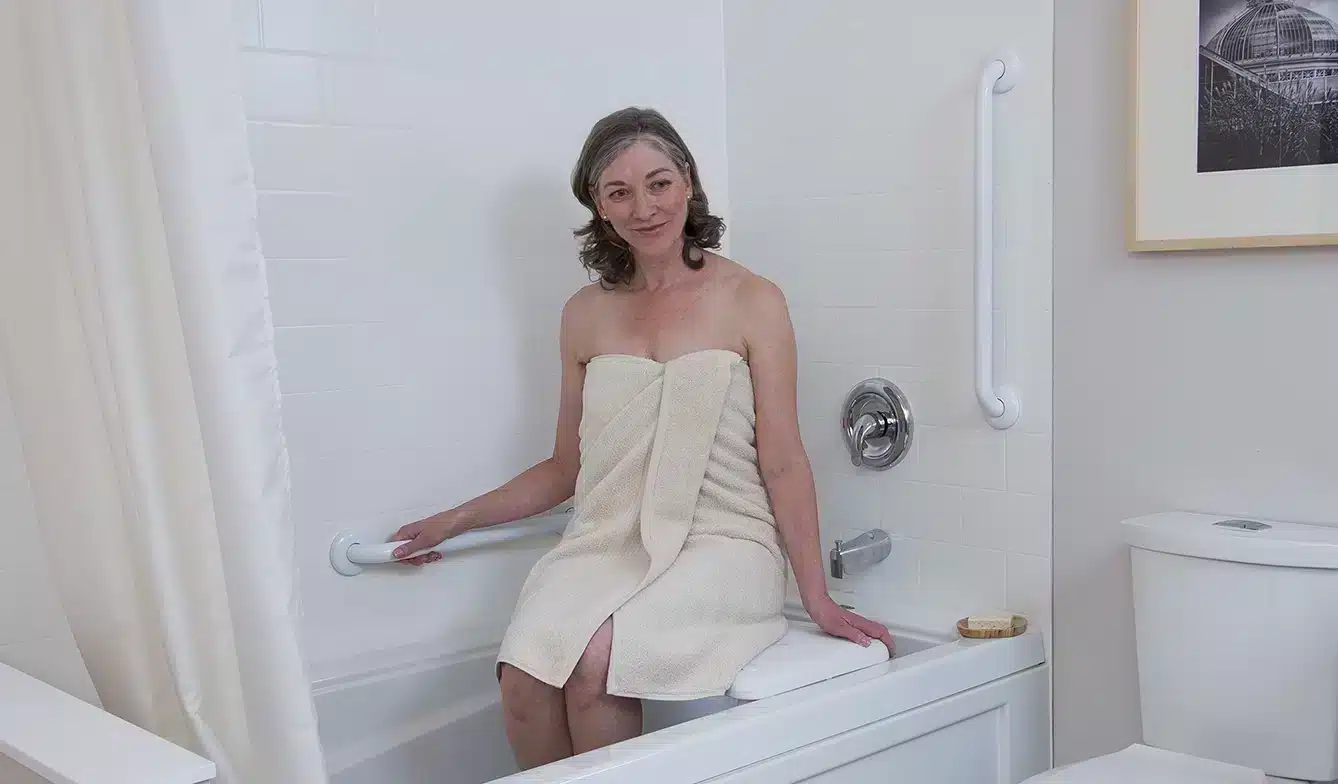Navigating Stairs Safely: A Guide to Stairlifts and Other Mobility Solutions for Older Adults
Stairs are an integral part of many homes, but as we age, they can become a significant obstacle to maintaining independence and safety. Navigating stairs can be daunting and even dangerous for older adults or individuals with mobility challenges. However, with advancements in technology and design, various solutions are now available to help older adults safely navigate stairs and maintain their autonomy.
In this article, we’ll explore the benefits of stairlifts and other mobility solutions for older adults, empowering them to continue living comfortably and safely in their own homes.
Understanding the Challenges
As we age, our bodies undergo changes that can affect our mobility and balance. Issues such as arthritis, muscle weakness, joint pain, and reduced vision can make climbing stairs a risky endeavour for older loved ones living in the home.
According to the Centers for Disease Control and Prevention (CDC), falls are a leading cause of injury among older adults, with stairs posing a particular risk. Therefore, addressing these challenges proactively is crucial to prevent accidents and maintain your loved ones’ quality of life.
Addressing Mobility Challenges: The Role of Stairlifts
Stairlifts are one of the most popular and effective solutions for older adults who have difficulty climbing stairs. These devices consist of a chair or platform attached to a rail system that runs along the staircase. With the push of a button, the user can smoothly glide up or down the stairs, eliminating the need for strenuous climbing or descending.
One of the key benefits of stairlifts is their ease of use. Most models are equipped with intuitive controls that require minimal effort to operate, making them accessible to loved ones with various levels of mobility.
Additionally, stairlifts can be installed on straight or curved staircases, as well as indoors or outdoors, allowing for customization to suit individual needs and home layouts.
Beyond the practical advantages, stairlifts also provide psychological benefits. By enabling your loved ones to move freely between different levels of their homes, stairlifts promote a sense of independence and confidence. This can have a significant impact on mental well-being, reducing feelings of isolation and dependency.
Installing Grab Rails
In addition to stairlifts, installing grab rails along staircases can significantly enhance your loved ones’ safety. These rails provide additional support and stability, reducing the risk of slips and falls. Grab rails should be strategically placed at key points along the staircase, such as near the top and bottom steps, as well as along any intermediate landings.
When installing grab rails, it’s essential to ensure they are securely mounted to the wall or staircase structure. Professional installation is recommended to ensure proper placement and stability. Additionally, choose grab rails that are designed specifically for use on stairs, with a textured surface for improved grip and durability.
Other Mobility Solutions
While stairlifts are a popular choice, they may not be suitable for every situation. Fortunately, there are alternative mobility solutions available to address different needs and preferences:
- Home Modifications:
- In some cases, simple modifications to the home environment can improve accessibility and safety. This may include installing handrails along staircases, adding non-slip treads to steps, or rearranging furniture to create clear pathways.
- Elevators:
- For individuals with more significant mobility challenges or multi-story homes, installing a residential elevator may be the most practical solution. Elevators offer seamless vertical transportation between floors, eliminating the need for stairs altogether.
- Wheelchair Ramps:
- For individuals who use wheelchairs or mobility scooters, installing ramps can provide easier access to entrances and exits. Ramps should be carefully designed to meet safety standards and accommodate the user’s specific needs.
Choosing the Right Solution
When selecting a mobility solution and safety products to allow aging in place, it’s essential to consider factors such as individual mobility limitations, home layout, budget, and personal preferences. Consulting with a reputable mobility specialist to help assess needs and recommend the most suitable options.
In addition to functionality, it’s crucial to prioritize safety when evaluating different solutions. Look for products that meet industry standards for quality and reliability, and ensure proper installation by trained professionals.
Safely navigating stairs is a fundamental aspect of maintaining independence and quality of life for older adults. With the availability of stairlifts and other mobility solutions, your loved ones can continue living comfortably in their own homes without the fear of falls or injury.
By understanding the challenges associated with stairs and exploring the various options available, older adults and their caregivers and families can make informed decisions to promote safety and well-being. Investing in mobility solutions not only enhances physical accessibility but also fosters a sense of autonomy and dignity for older adults as they age in place.






